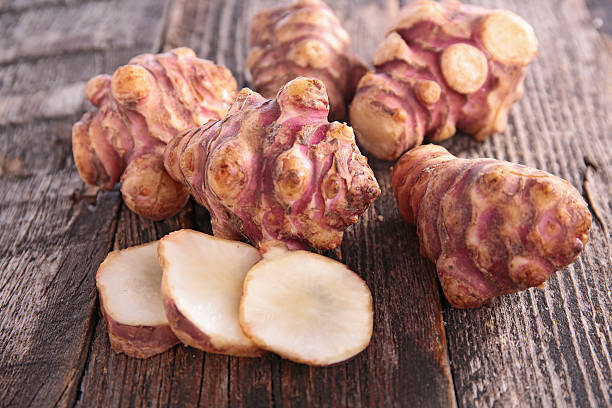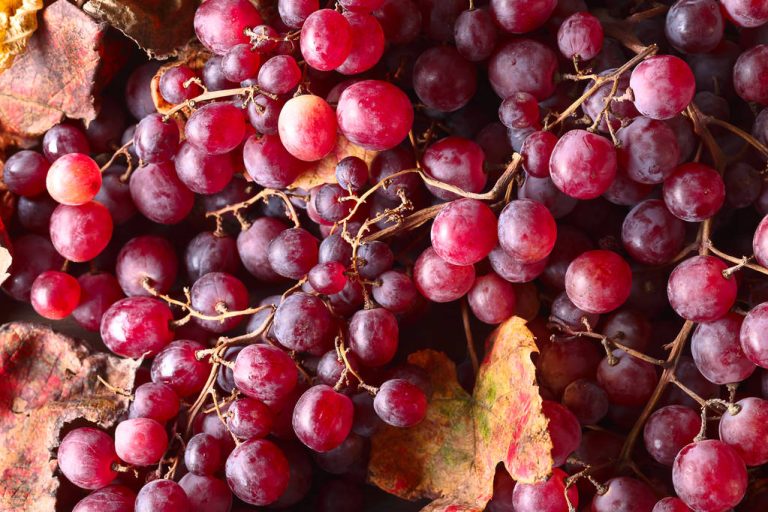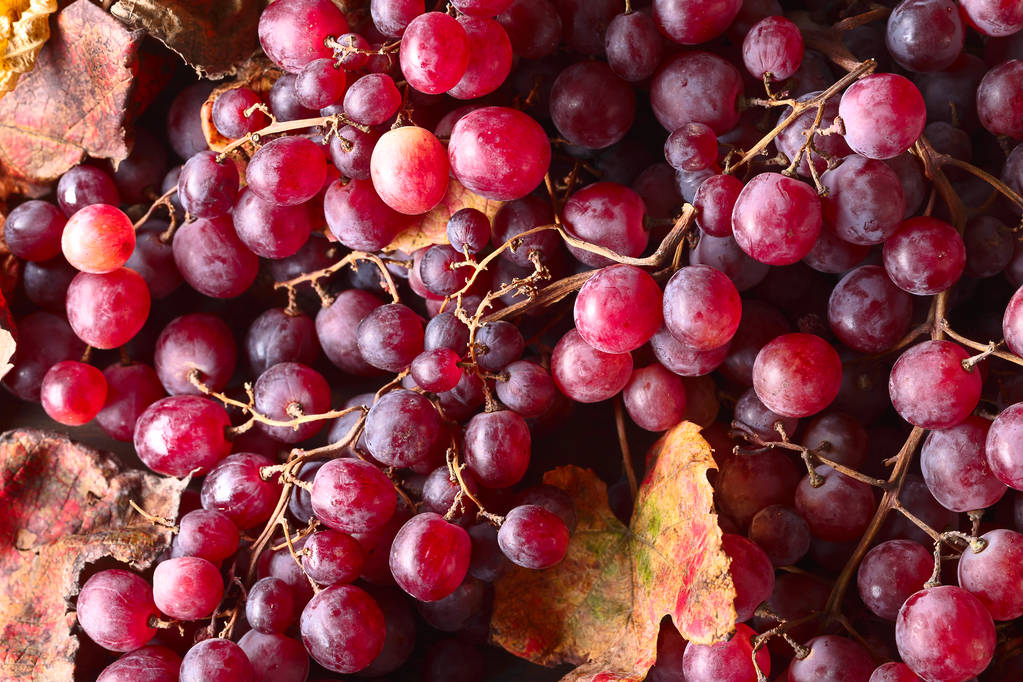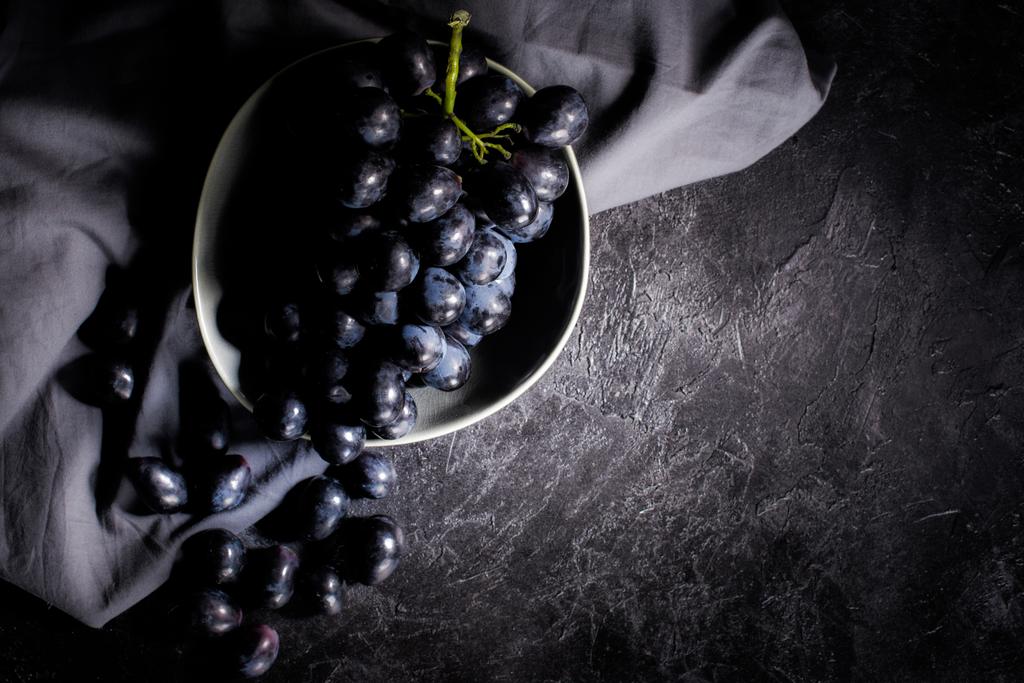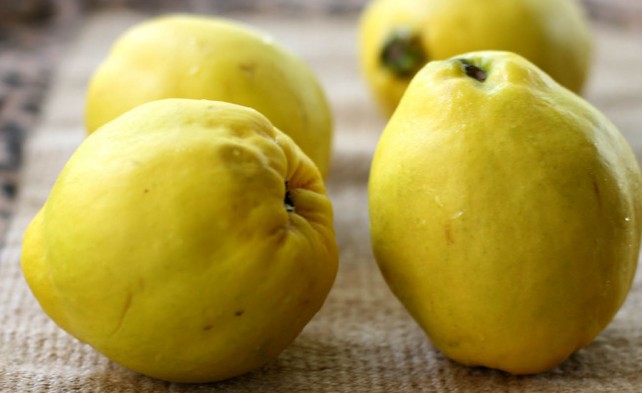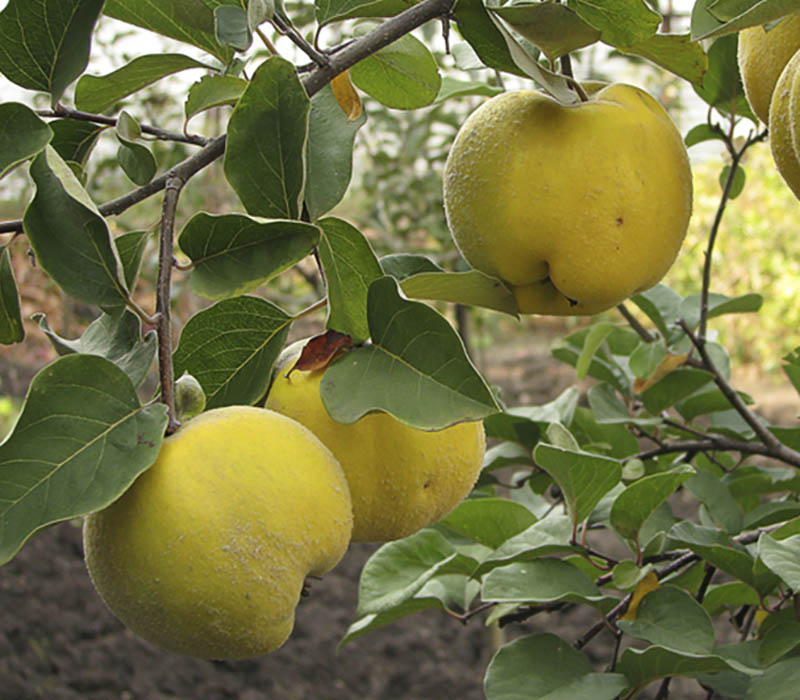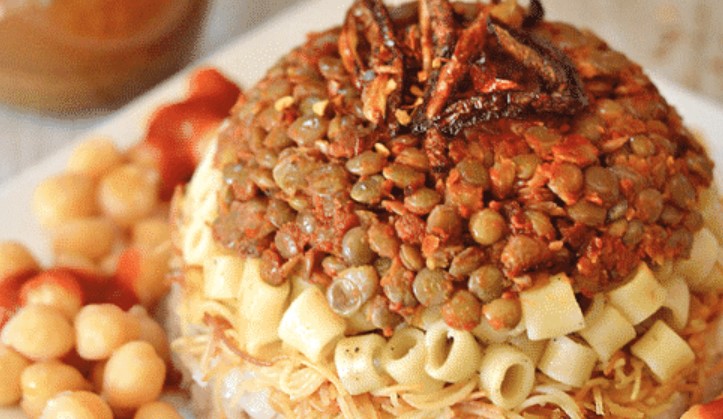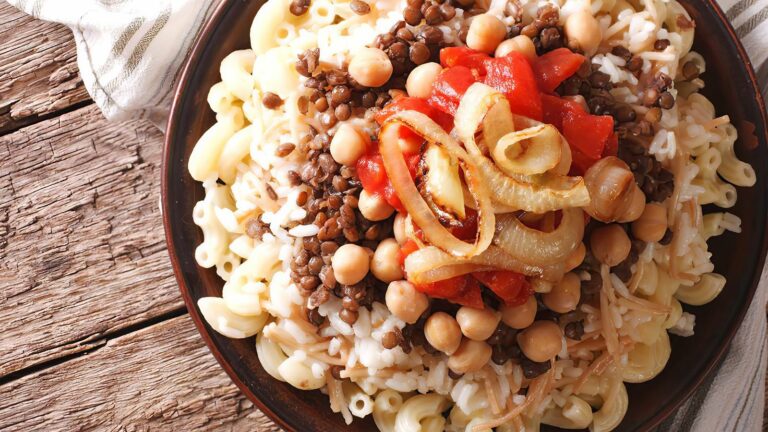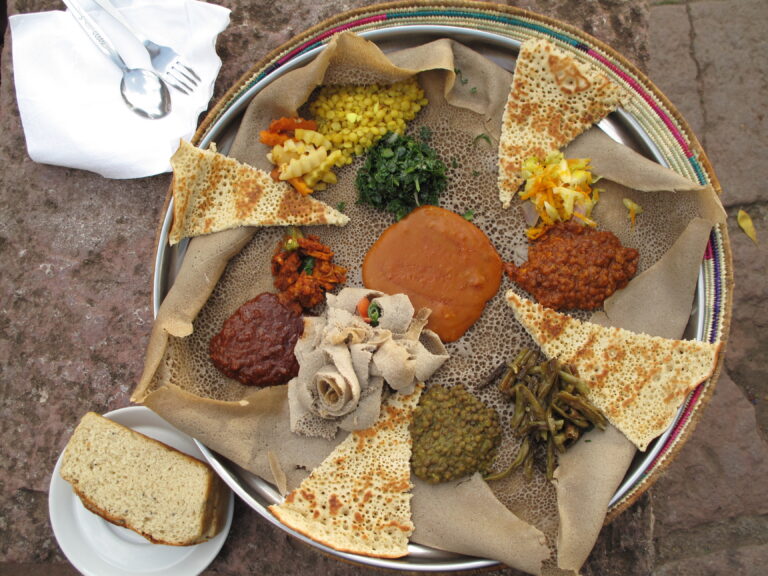Introduction: What is Tsebhi?
Tsebhi is a traditional meat stew that originates from Eritrea, a country located in the Horn of Africa. It is a staple dish that is widely enjoyed by the Eritrean people and is typically served during special occasions and festivities. The dish is characterized by its rich, flavorful and aromatic sauce that is made with a blend of spices and herbs.
The word “Tsebhi” is derived from the Tigrinya language, which is one of the official languages of Eritrea. The dish is usually made with beef, lamb or goat meat, but sometimes fish or chicken can be used as well. The meat is slowly cooked in a richly flavored sauce that is made with a blend of spices, herbs, and vegetables.
Ingredients for Tsebhi
To make Tsebhi, you will need meat, preferably beef, goat or lamb. You will also need onions, garlic, tomatoes, tomato paste, and vegetable oil. Other ingredients include a variety of spices and herbs, such as cumin, coriander, turmeric, ginger, and cinnamon. Vegetables like carrots, potatoes, and peppers are also often added to the stew.
Preparation of the Meat for Tsebhi
The first step in making Tsebhi is to prepare the meat. It is usually cut into small bite-sized pieces and then marinated with salt, garlic, and ginger for a few hours. This helps to tenderize the meat and infuse it with flavor.
Making the Tsebhi Sauce
To make the Tsebhi sauce, start by sautéing onions in vegetable oil until they are translucent. Then add the marinated meat and brown it on all sides. Next, add chopped tomatoes, tomato paste, and water to the pot and let it simmer for at least an hour. This allows the flavors to meld together and the meat to become tender.
Cooking Tsebhi with Vegetables
Once the meat has simmered for an hour, add in the vegetables. Carrots, potatoes, and peppers are typically used, but you can add in any vegetables you like. The stew is then cooked until the vegetables are tender.
Adding Spices and Flavors to Tsebhi
In order to give the Tsebhi its unique flavor, a blend of spices and herbs are added to the sauce. This can include cumin, coriander, turmeric, ginger, and cinnamon. The spices are usually toasted in a dry pan before being added to the stew, which helps to bring out their flavors.
Serving Tsebhi with Injera or Bread
Tsebhi is traditionally served with injera, a type of sourdough flatbread that is made from teff flour. Injera is used to scoop up the stew and is also used as a plate. If injera is not available, bread or rice can also be served with the stew.
Summary of Tsebhi-making Process
Tsebhi is a traditional Eritrean meat stew that is made with a blend of spices, herbs, and vegetables. The meat is marinated with salt, garlic, and ginger, then cooked in a richly flavored sauce that is made with a blend of spices, herbs, and vegetables. The stew is typically served with injera, a type of sourdough flatbread, but can also be served with bread or rice. Tsebhi is a delicious and hearty dish that is perfect for any occasion.

